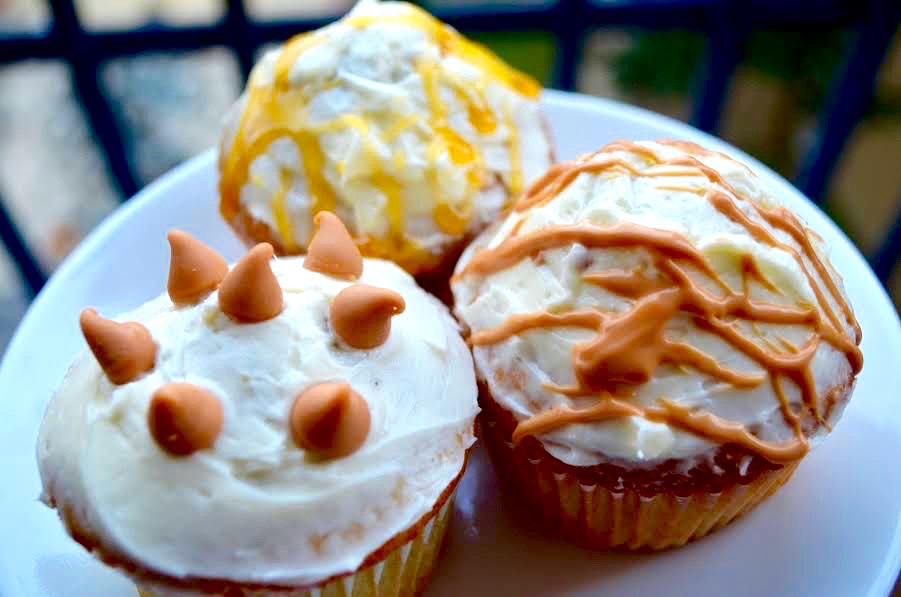Many people mix up caramel and butterscotch. Both are good, but there’s just something about butterscotch, originally a hard candy but now more commonly seen as a sauce, that can make you want to eat it by the spoonful. Many people often confuse the two, but they’re actually two very distinct sweets. What is butterscotch? Read on to find out all about this sweet confection.
History of Butterscotch

Butterscotch is traced back to Doncaster, a town in Yorkshire, England, where the word was first recorded. It is often credited to Samuel Parkinson, a confectioner who began making it as a hard candy in 1817. Tins of the treat even had the royal seal of approval!
There’s no clear origin to the confection’s name. Although the logic behind the ‘butter’ part of the name is obvious, the ‘scotch’ part is more mysterious. Some say it comes from the word scorched, since the sugar is heated to an extremely high temperature. Another theory links ‘scotch’ to its Scottish origins. Whatever the origin, there’s no mystery behind the deliciousness of this sweet!
How Butterscotch Is Made

The answer is quite simple: butterscotch is mainly made from butter and brown sugar, which is why it’s so amazingly tasty. Heavy cream, vanilla, and salt can also be added. The brown sugar lends a more complex flavor due to the molasses it contains, as compared to granulated sugar, which is what caramel uses. If you’d like to make your own butterscotch, I suggest trying out this butterscotch recipe from Brown Eyed Baker.
Ways to Enjoy Butterscotch

Butterscotch takes on many forms, but one of the most popular ways to eat it is in hard candy. It’s not hard to see why; popping a butterscotch candy into your mouth and enjoying the buttery, sweet flavor really does make it a classic.
Butterscotch pudding is vastly superior to vanilla and chocolate. It was always fun to find this in your lunch box as a kid. Butterscotch pudding is great on its own, but it can also be used in trifles other no-bake desserts. Dry pudding mix is good for cookies and cakes as well.
Warm butterscotch sauce is heavenly when used to top off ice cream and cheesecake, along with other desserts. Butterscotch chips can be melted down for some amazing fudge, or thrown into cookie dough.
Dry pudding mix makes a great cookie base, and butterscotch chips can seriously amp up a cookie, as seen in compost cookies and oatmeal scotchies. Try mixing some butterscotch chips into your standard chocolate chip cookie recipe—you can thank me later.
Now that you know all about butterscotch and how it’s made, you can try whipping up a batch of it yourself! You can also enjoy all the other forms you can find it in. The possibilities are endless. No matter what you choose, you’re bound to go head over heels for this sweet treat. If you weren’t craving butterscotch before reading this, I’m sure you are now.


